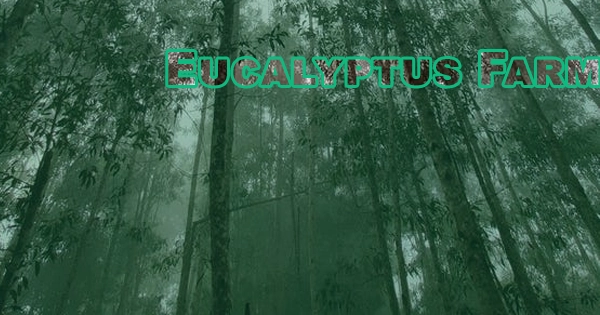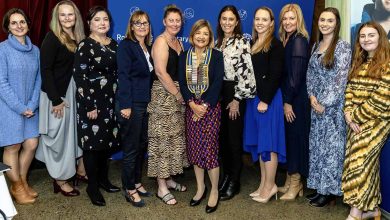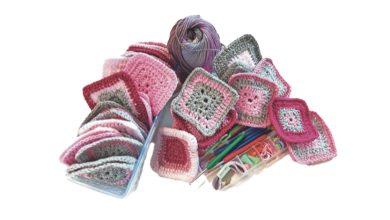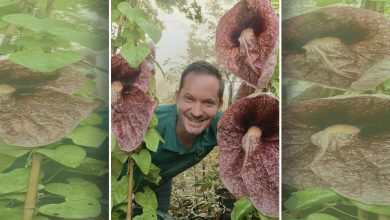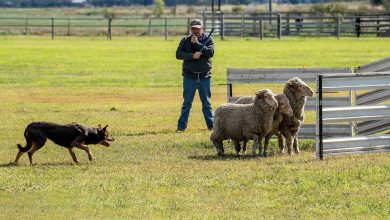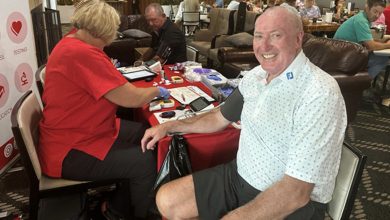Community News
Eucalyptus Farm and the Castle Hill Discovery Centre
On the weekend of 10 March 2007 the Powerhouse Discovery Centre had Mr Bob Debus MP officially open the doors to the public on the corner of Windsor and Showground Roads Castle Hill.
It was built to hold and store a huge collection of items that could not fit in the city venue of the Powerhouse Museum on Harris Street Ultimo which opened in 1988 in the old Ultimo Power station on the way to the Glebe Island Rail Depot.
The old Ultimo Power House on the corner of Harris and William Henry Streets was built in 1898 ‘in the Italian Renaissance style of architecture’ to supply power to Sydney’s new electric tram system, and opened in 1899. After the trams stopped in 1961, the building became redundant. In 1988 it was modified to house the Technological Museum and re-opened as the Powerhouse Museum.
Old Ultimo Power Station
-The Powerhouse’s collection had started in 1888.
-1893 – Technological, Industrial and Sanitary Museum
-1945 –Museum of Applied Arts and Science (building part of current Ultimo TAFE)
-1979 –Moved across the road to the revamped Ultimo Power House
Meanwhile at Castle Hill 20 acres of land was set aside and being used by the Scientific Section of the Museum of Applied Arts and Science to experiment with Eucalyptus oils and their distillation. In 1946 their Botanical Research Officer (Jack Lehane Willis) found the land in semi-rural Castle Hill and it was used for the next 30+ years.
Rows and rows of 20 trees of many Eucalypt varieties were planted evenly from the corner of Windsor and Showground Rds to the corner of Green Road and covering what is now a TAFE campus (erected 1974). Seeds were germinated in on-site glass houses under controlled conditions and tube stocked. Some of the trees can still be seen today but many were removed to make way for the Discovery Centre and TAFE.
The experimentation side of the museum was no longer considered viable and they believed they needed to change their focus from the scientific to general education, display and collecting.
There was a caretaker’s house on site which had five rooms and built of fibrous-cement painted green with an added enclosed sunroom which made up of two walls of glass that became the kitchen and eating area.
The City Powerhouse Museum has such an amazing history at its site, it would be a shame to move it to land that is flood prone at Parramatta next to the river.
(Elaine White & Pam Trimmer 2020)
(Elaine White & Pam Trimmer 2020)
